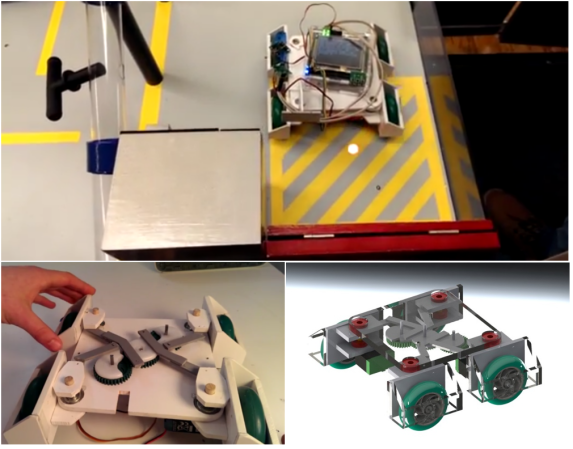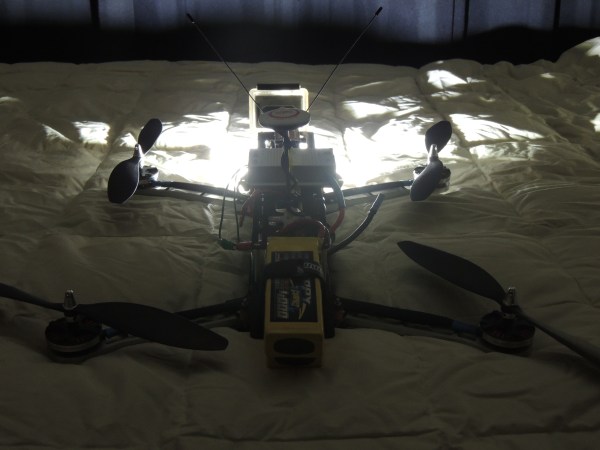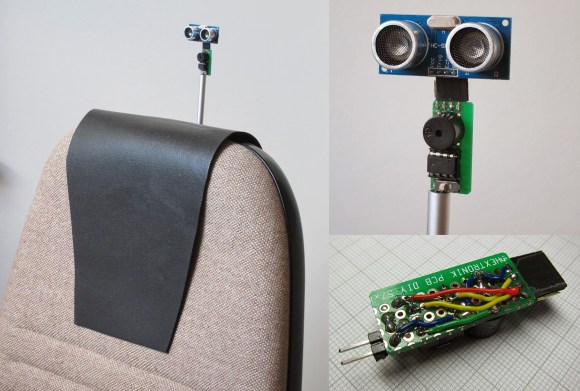[Bill Gates]’ foundation is currently offering up a ton of prizes for anyone who can improve the condom. It’s a laudable goal, and somewhat difficult; one of the main reasons why male condoms aren’t used as often as they should is the, “male perspective… that condoms decrease pleasure as compared to no condom.”
While most of the work inspired by the [Gates] foundation is work investigating a change in the geometry of the condom, [Firaz Peer] and [Andrew Quitmeyer] of Georgia Tech managed to solve this problem with an Arduino.
The basic idea of the Electric Eel – yes, that’s the name – is to deliver short electric impulses, “along the underside of the shaft for increased stimulation”. These impulses are delivered in response to different sensor inputs – in the video example (surprisingly safe for work) they’re using a force resistor wrapped around the chest for an electrical stimulation with every breath.
Although this is only a prototype, the hope is the conductors in the condom can eventually be implanted along the inside surface of a condom during manufacturing.
Video after the break.
Continue reading “A Digital Condom A Reality Thanks To Arduino”

















